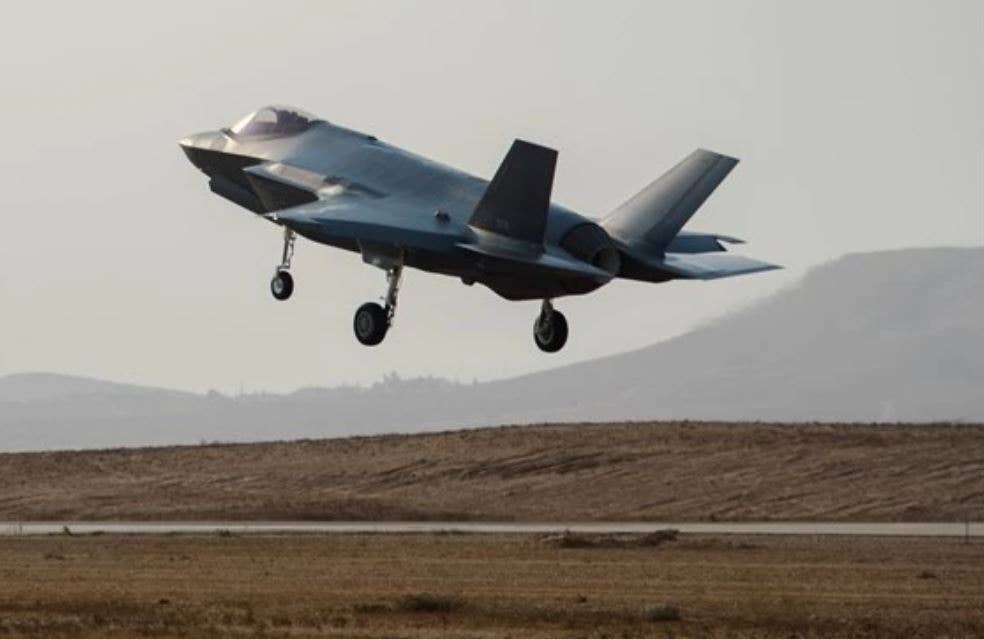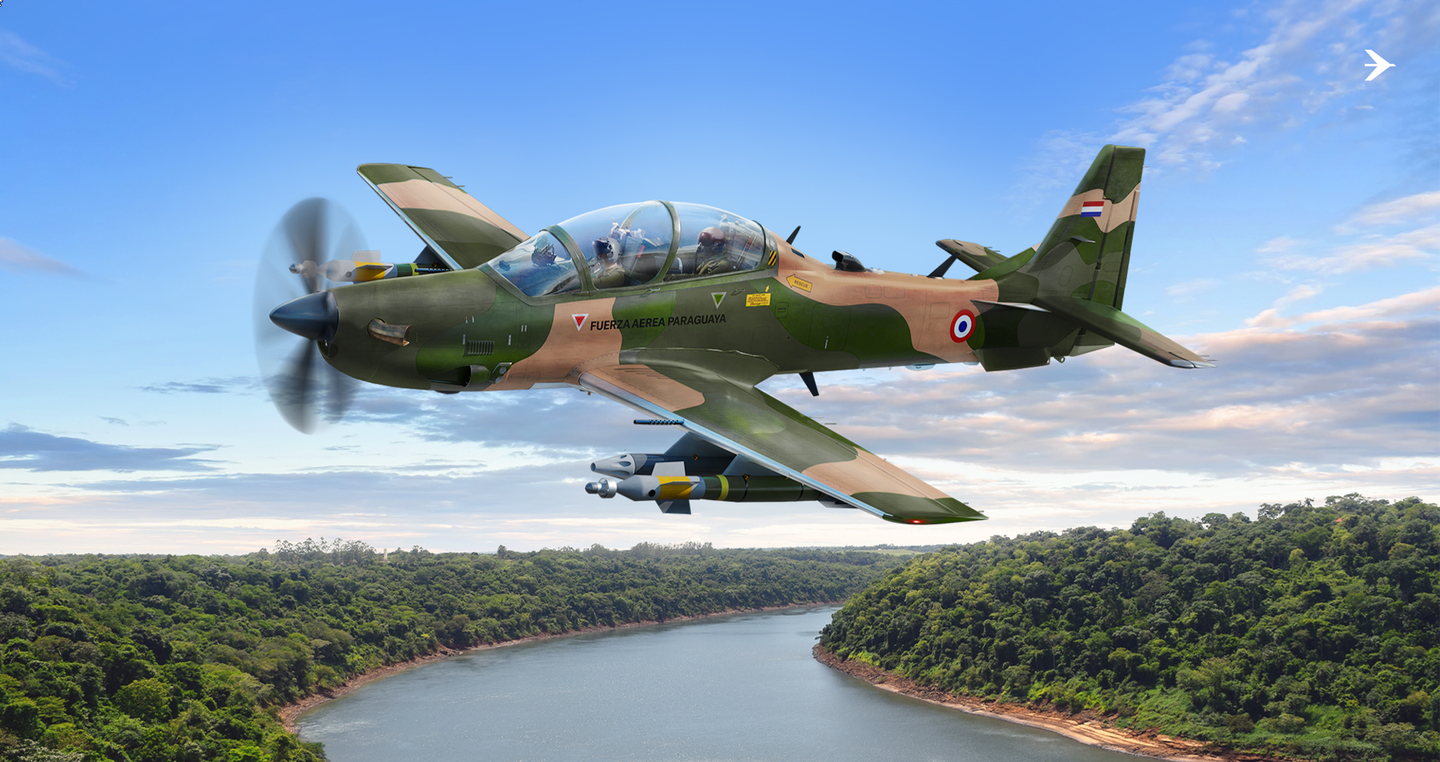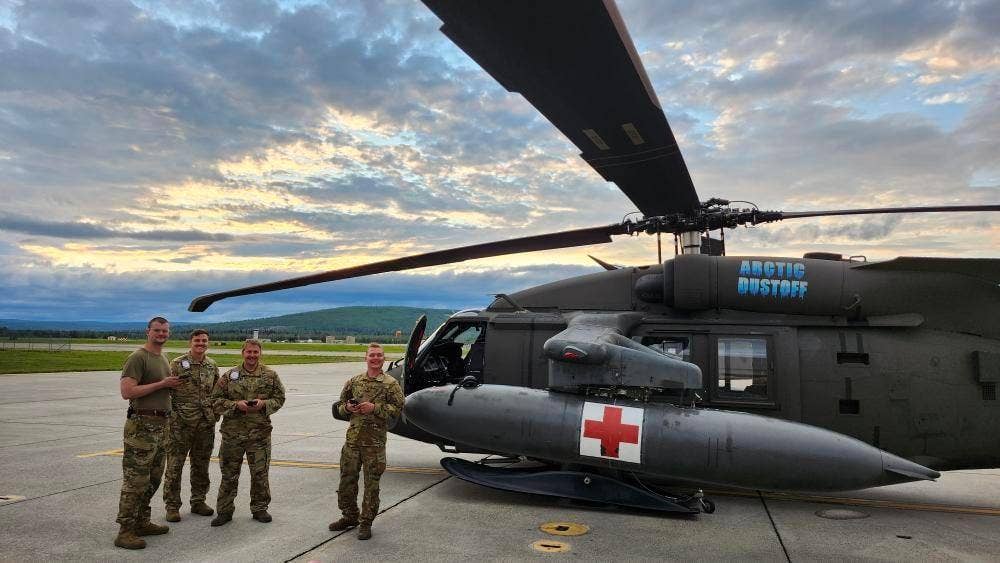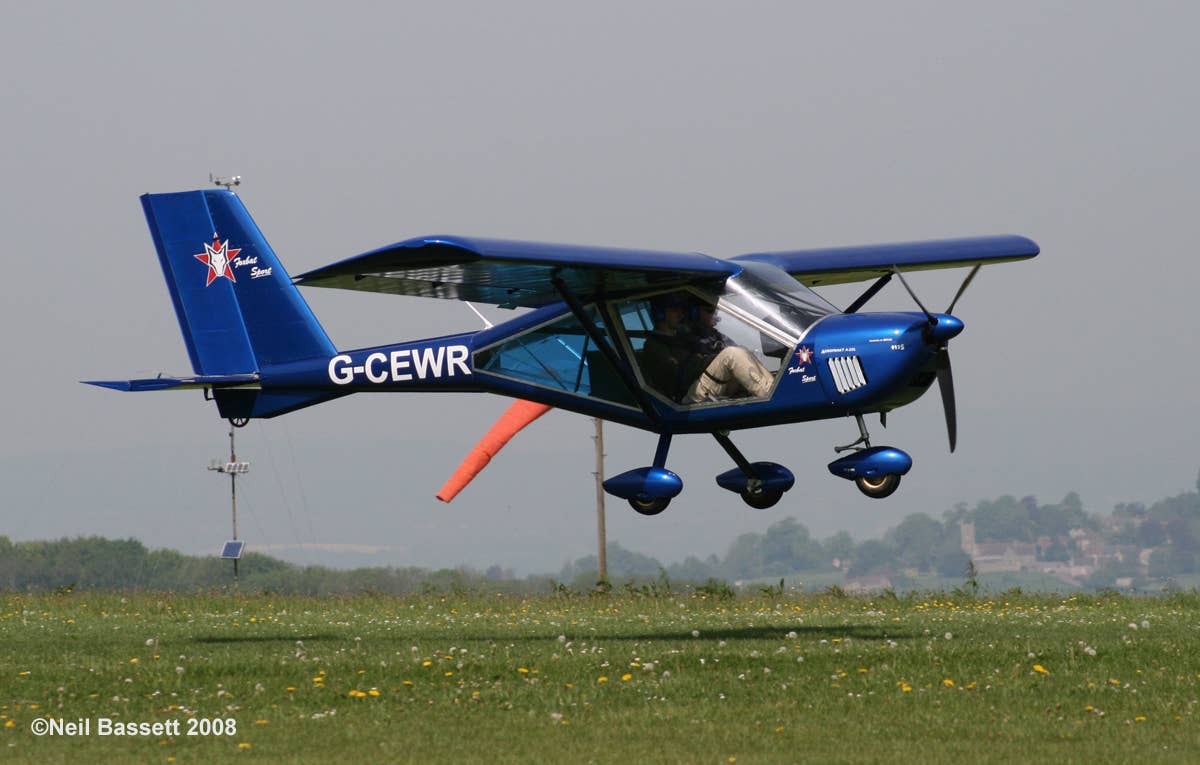What the Israeli Air Force Has in the Sky
As the Middle East country wages war against Islamic militant group Hamas, FLYING takes a look at its fighter fleet.

As of January 2023, Israel had received 36 F-35 fighters. [Credit: Israel Air Force]
The Israeli Air Force (IAF) ramped up airstrikes against what it identified as Islamic militant terrorist strongholds Monday. Dozens of IAF fighter jets targeted structures including multistory buildings in the Rimal area of Gaza City, the service said.
"Rimal serves as a hub for the Hamas terrorist organization in the Gaza Strip, from which many attacks against Israel were launched," IAF said in a message on X, formerly known as Twitter.
Gaza is one of the most densely populated areas in the world with a population of about 2.3 million in an area of about 141 square miles.
Earlier today, dozens of IAF fighter jets struck targets in the Rimal area.
— Israeli Air Force (@IAFsite) October 9, 2023
Rimal serves as a hub for the Hamas terrorist organization in the Gaza Strip, from which many attacks against Israel were launched. pic.twitter.com/Fil0wQZNS2
Fighter Fleet By the Numbers
The IAF, which was established during the country's War of Independence in 1948, accounts for at least a third of the Israel Defense Forces’ (IDF) manpower.
The Israeli military is ranked 18th out of 145 countries by Global Firepower. According to the website, IDF has about 173,000 military personnel.
The Israeli Air Force boasts a fleet of 581 aircraft, according to the World Directory of Modern Military Aircraft (WDMMA), which ranks it No. 9 among 129 air services.
The fleet force concentration breakdown, according to WDMMA, includes:
- 251 attack aircraft
- 128 helicopters
- 10 tankers
- 23 special mission aircraft
- 15 transport aircraft
- 154 training aircraft
IAF also said it has orders for 68 additional aircraft.
Growing F-35 Arsenal
Among the aircraft on order are 25 F-35 fighters. In July, Israel signed a $3 billion agreement with Lockheed Martin for the purchase that will eventually increase its Joint Strike Fighter fleet to 75 jets. The deal is financed through the defense aid Israel received from the U.S.
The IAF, which was the first unit outside the U.S. to buy the fighter, gave the F-35 the name Adir, which means "Mighty One" in Hebrew.
As of January, it had received a total of 36 of the fighter jets ordered. Those aircraft are divided into three squadrons, all at Nevatim Air Base in southern Israel.
"From there and without any aerial refueling, Israel’s F-35s could strike targets in Syria, Iraq, Lebanon, Jordan, and most of Egypt, Turkey, and Saudi Arabia," according to a U.S. Congressional Research Service report. "One open source has suggested that Israel may have extended the range of its F-35s in order to strike targets inside Iran without first requiring midair refueling."
Also in Israel’s fleet is the Boeing KC-46A Pegasus, a multirole tanker able to refuel many types of U.S. and allied aircraft. In August 2022, Israel agreed to a $927 million contract to purchase four KC-46A tankers, as well as maintenance, logistics, and training.
In a $372 million agreement, Israel also purchased the first four of 12 CH-53K King Stallion heavy-lift helicopters from Lockheed Martin's Sikorsky Aircraft Corp. Those aircraft are expected to be delivered by 2026.
Since World War II, Israel has received the largest amount of American foreign aid, largely for its defense. As of March, the U.S. has provided $158 billion in bilateral assistance and missile defense funding to the country, according to a report prepared for Congress.
In fiscal 2023, Israel will receive $3.3 billion for military assistance and $500 million for missile defense.

Subscribe to Our Newsletter
Get the latest FLYING stories delivered directly to your inbox






